When Jaguar design boss Ian Callum revealed his personal take on the Jaguar Mk2 last summer, opinion was divided.
Like it or not, however, it had a certain behind-the-curtain appeal, for it represented the personal automotive musings of one of the world’s top car designers, his mind freed from mass-production realities.
So what would some of Callum’s contemporaries come up with if they were asked to reimagine a design classic? We asked designers from Nissan, Jaguar and Morgan to pick a car from another marque (to eliminate any implied ‘design direction’ for their own brand) and to produce their own personal reinterpretation of it.
The visual potlatch that resulted includes a radical Japanese take on a 1950s British roadster, a cherished teenage memory made new and one designer’s chance to perfect his own back-catalogue hit. Of course, none of these will get made. Or will they?
Johnathan Wells, Head of Design at Morgan - Ford Capri
Design of the front-engined, rear-drive 1969 Capri, which was sired by the appropriately named Project Colt that aimed to create a Mustang for Europe, was overseen by Essex-based American Phil Clark as a follow-up to his GBX concept. German Uwe Bahnsen penned the Mk2 and the Mk3 versions, which survived until 1986.
“I learned to drive in a Mk3 Capri 2.0 S,” says Wells. “I was blown away by the long bonnet and being at the wheel of a car for the first time, so the Capri has always excited me.
“I’ve based the design on the 2.8 Injection Special but I used the inspirations for the Capri as my brief, rather than simply redesigning it.
“The Capri was the European pony car – our answer to the Mustang – so I wanted to create a car that wasn’t quite so muscular and didn’t have as much Mustang influence.
“I’ve kept the high-tailed fastback shape, C-post graphic and long, bulging bonnet of the Mk3, but lowered the waistline to cut through the wheel arches. Some of the styling of the early concepts was quite dramatic, which I’ve also hinted at: the arches are squared-off in reference to the Mk1’s graphic that flicked up behind the rear wheel and ran straight along the side of the car.
“I’ve applied some modern aerodynamic knowledge with the new nose cone, a faster roofline and more tumblehome on the sides. At the front I’ve incorporated the Mk3’s horizontal vents, prominent bumper and rectangular indicator shapes into the body via splitter detailing, simplifying the nose but keeping its character. I used the new Ford GT’s front-end for inspiration.

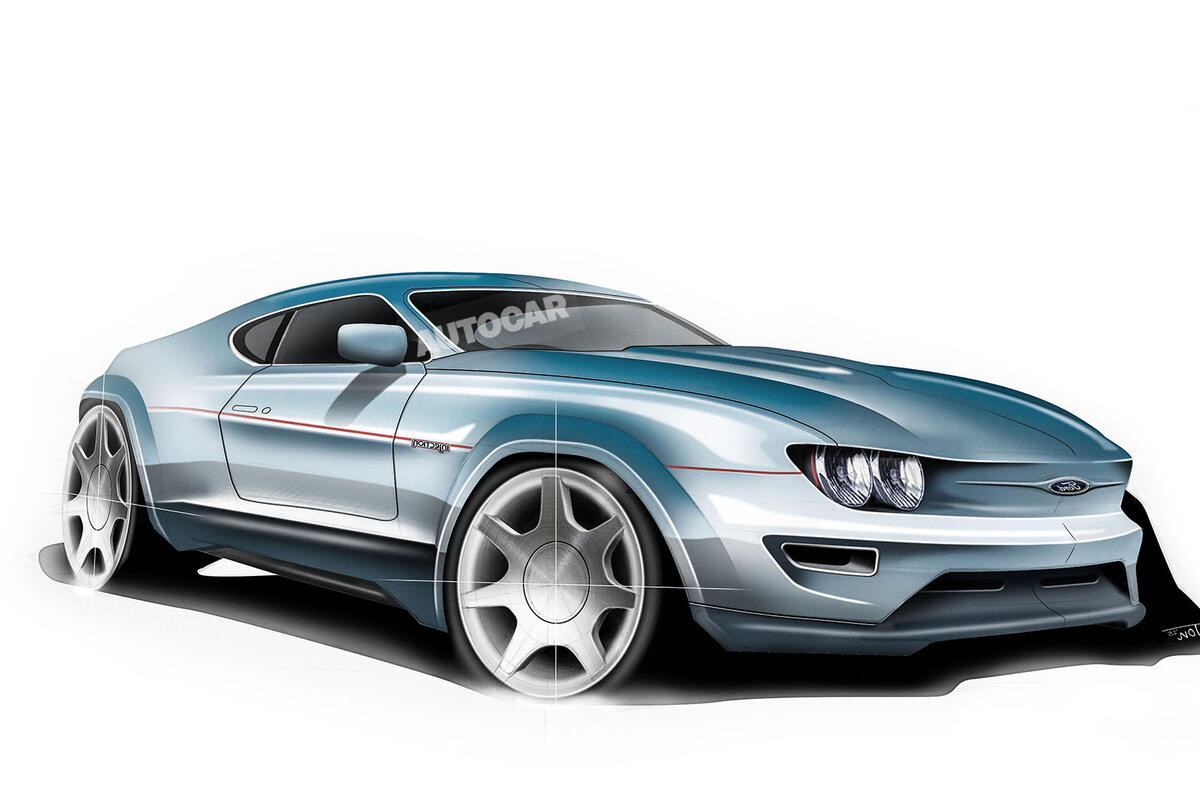
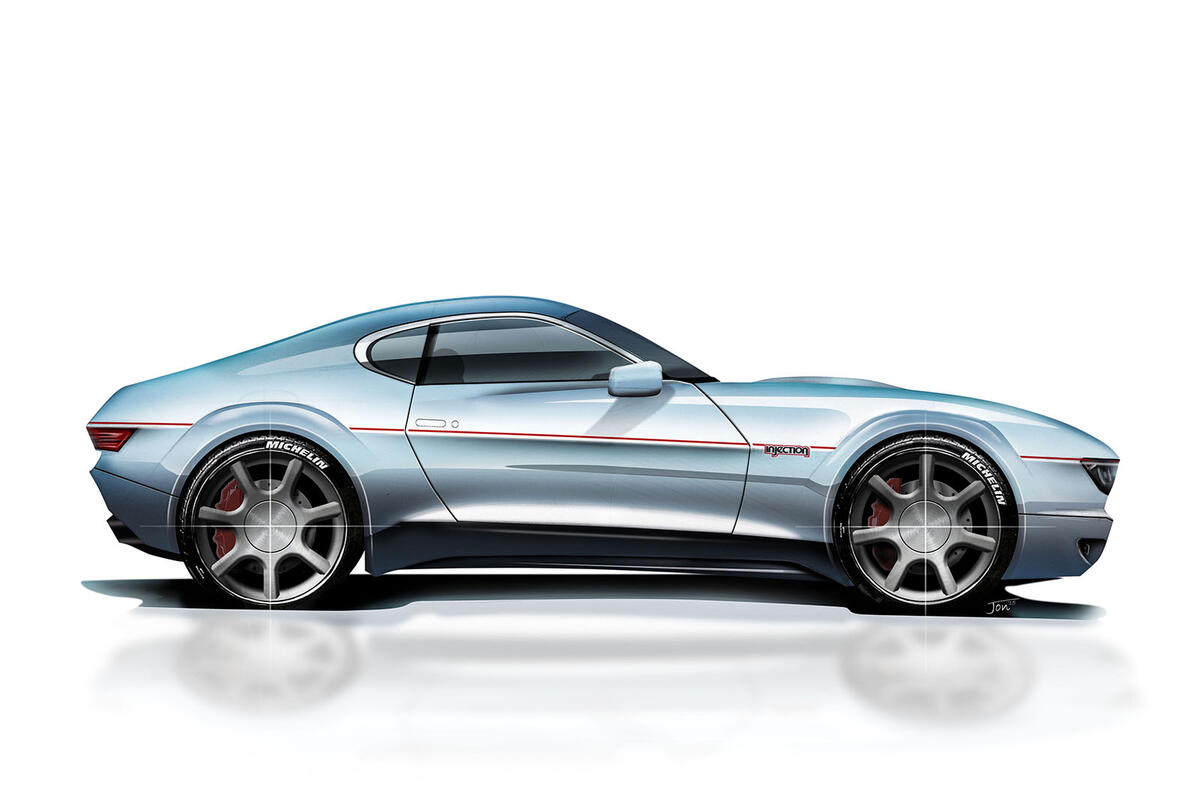
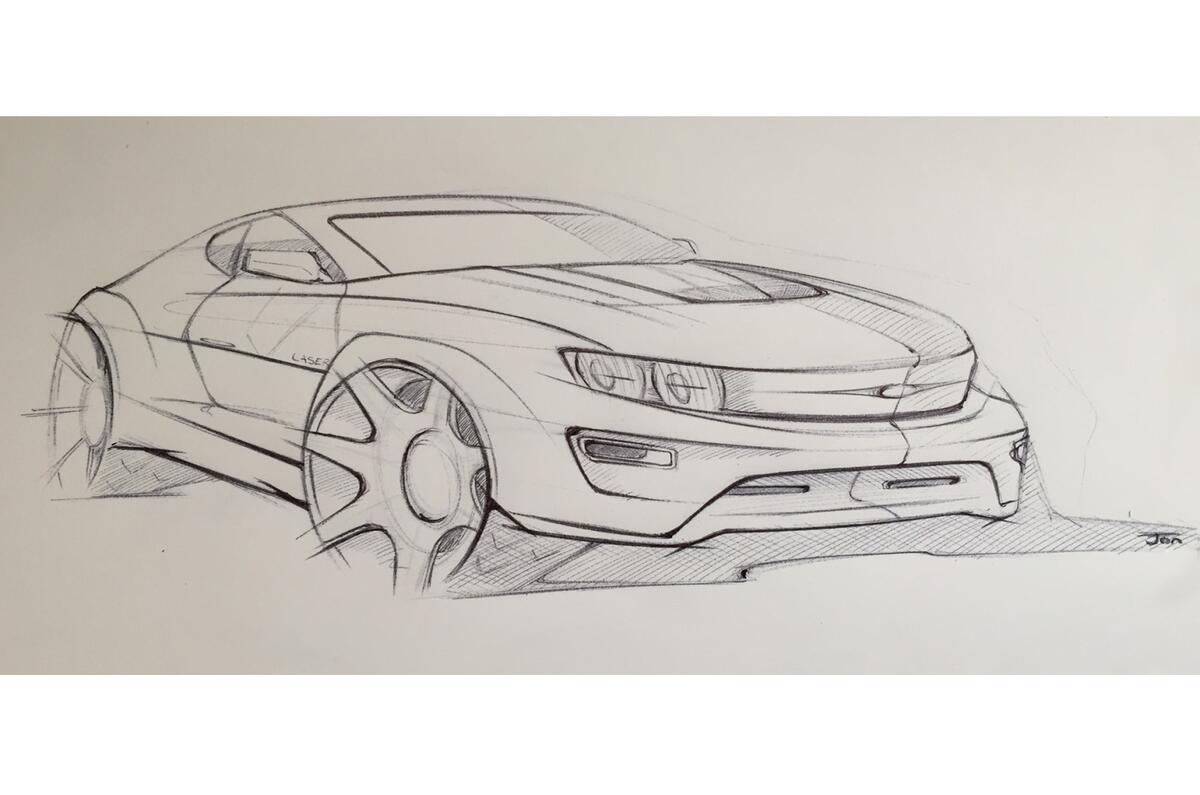
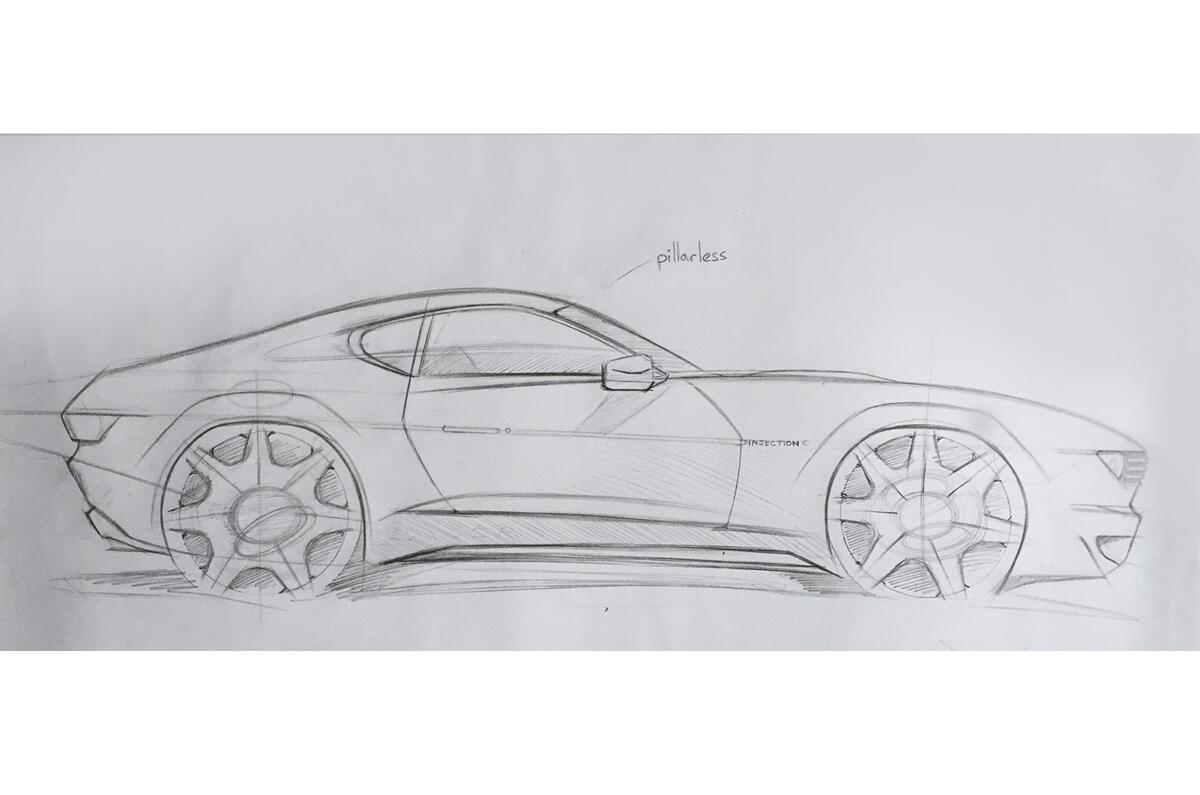
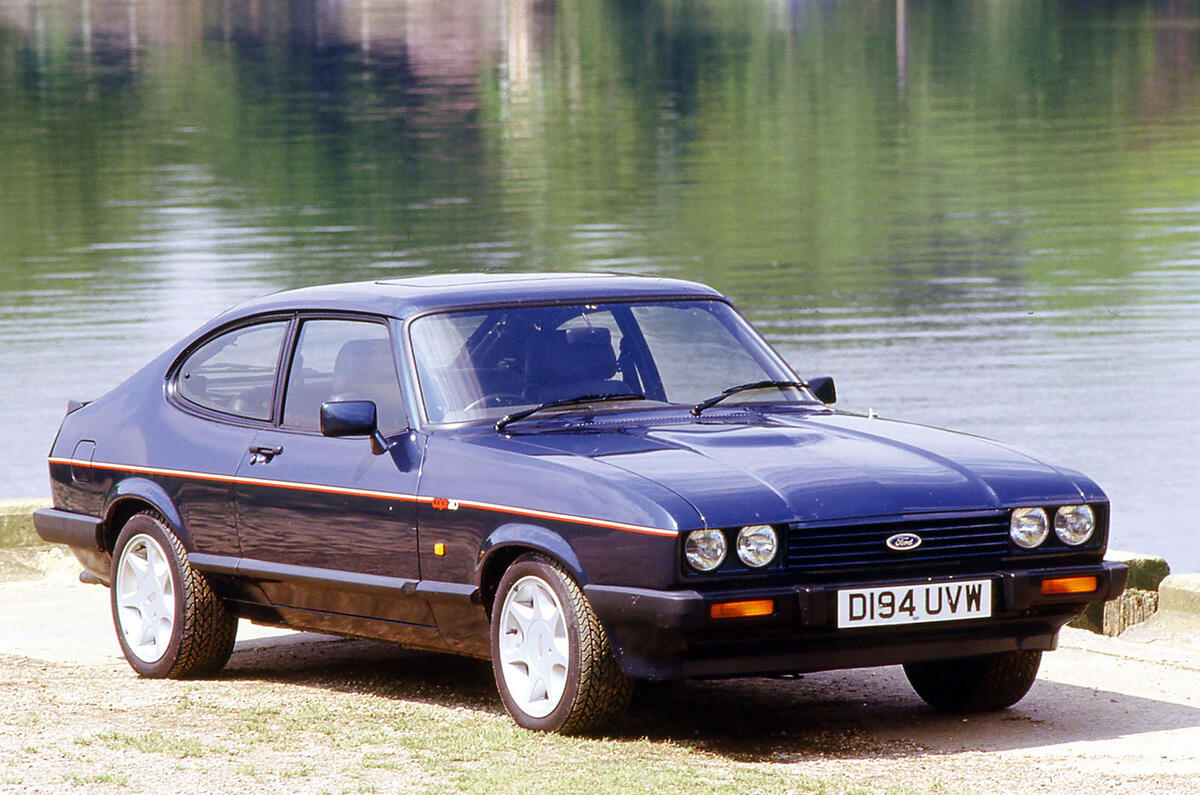
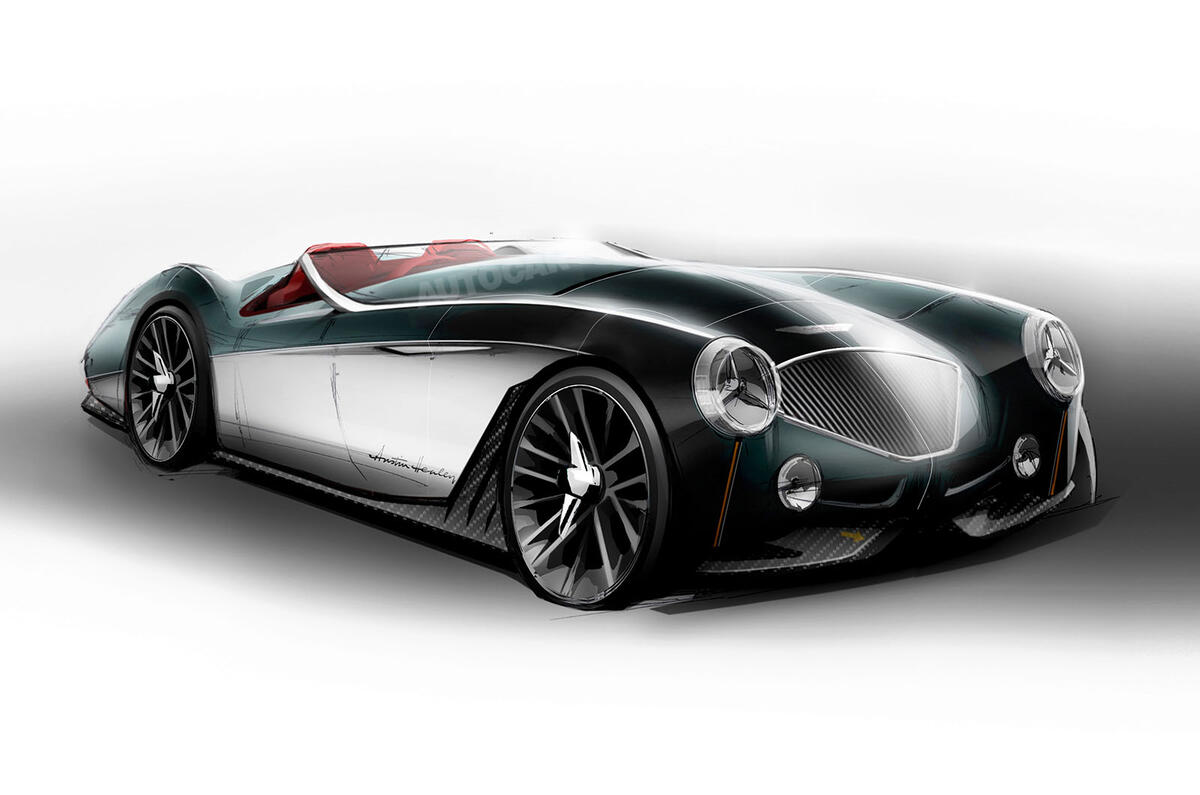
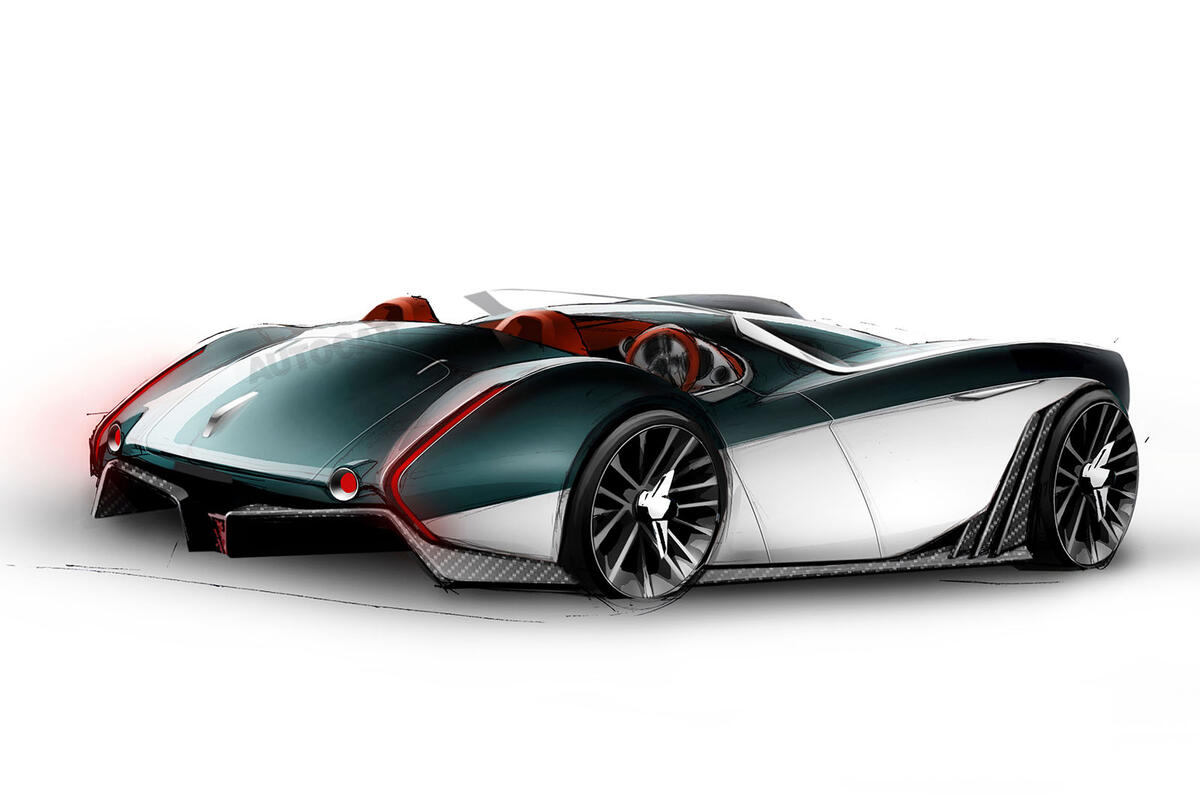
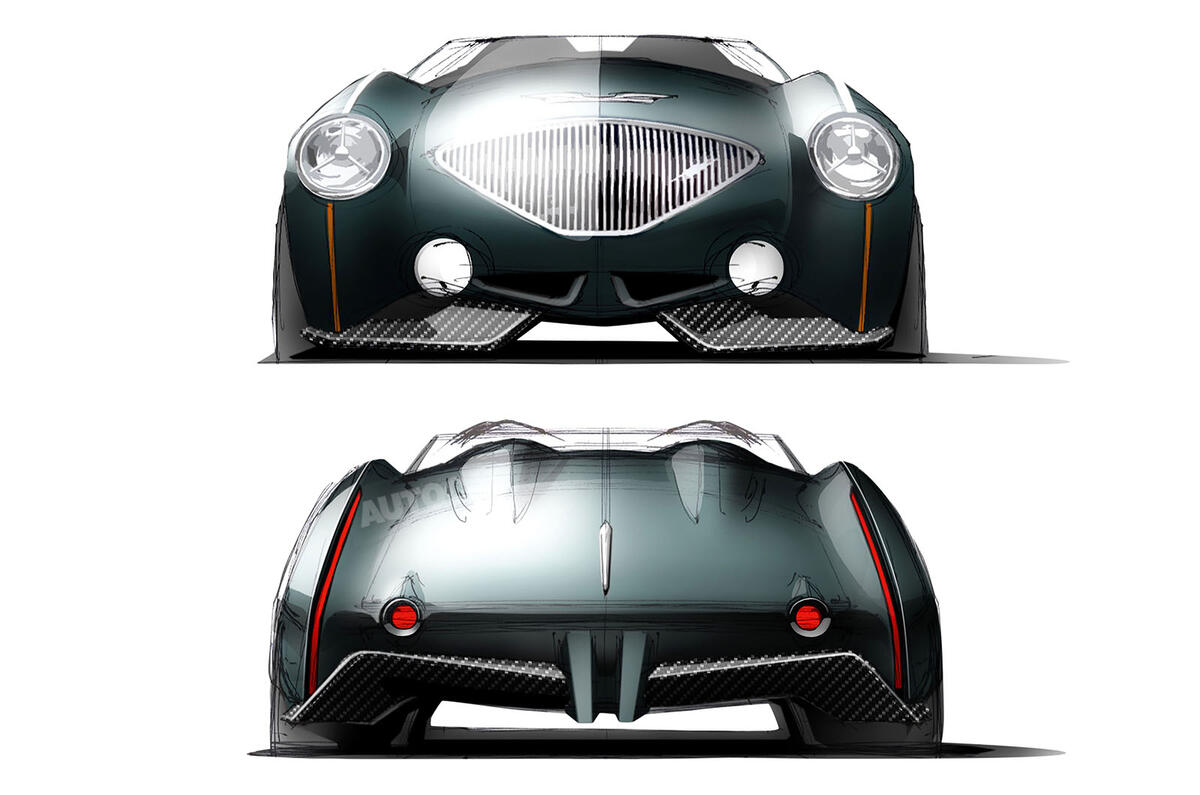
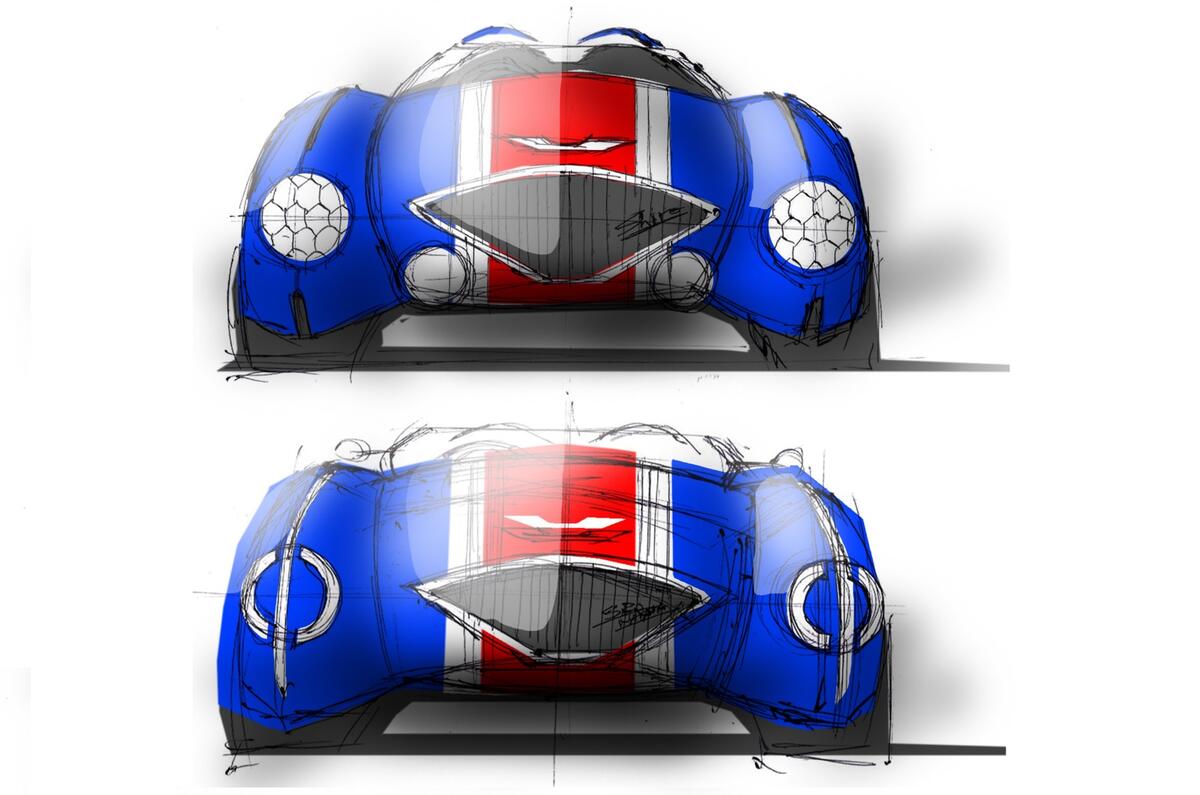
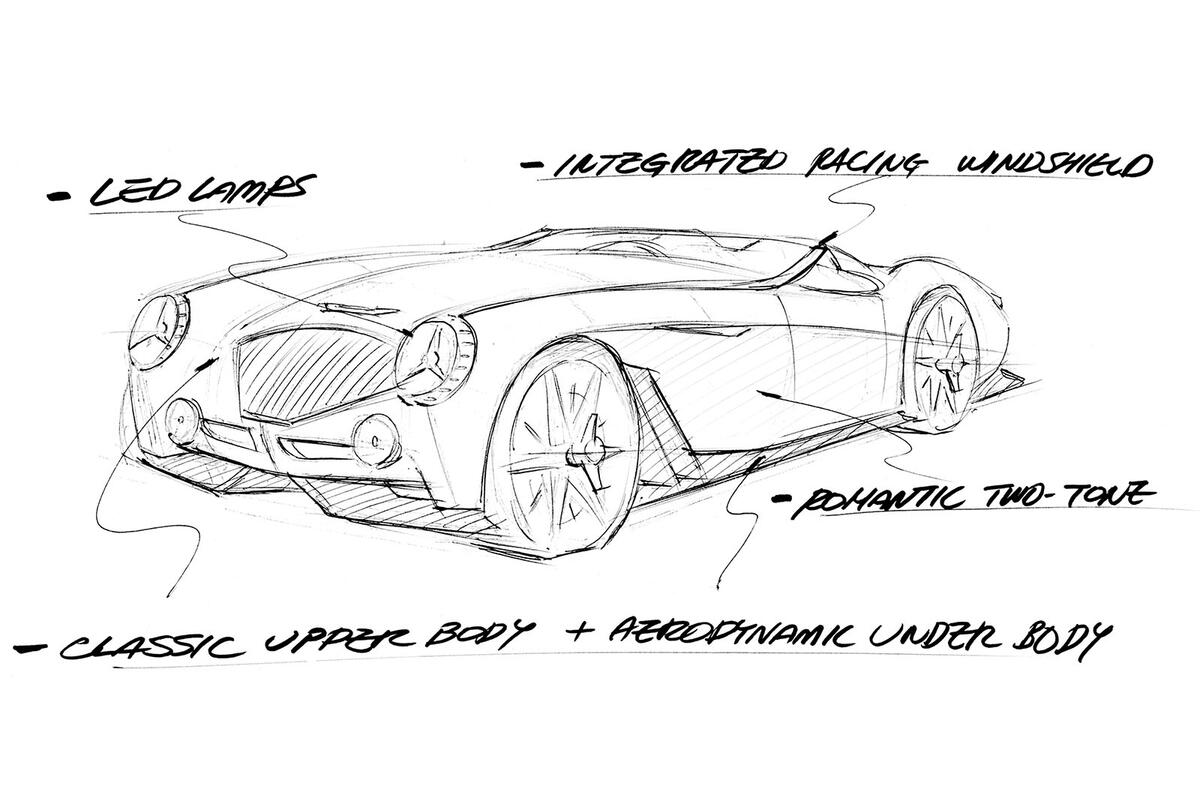
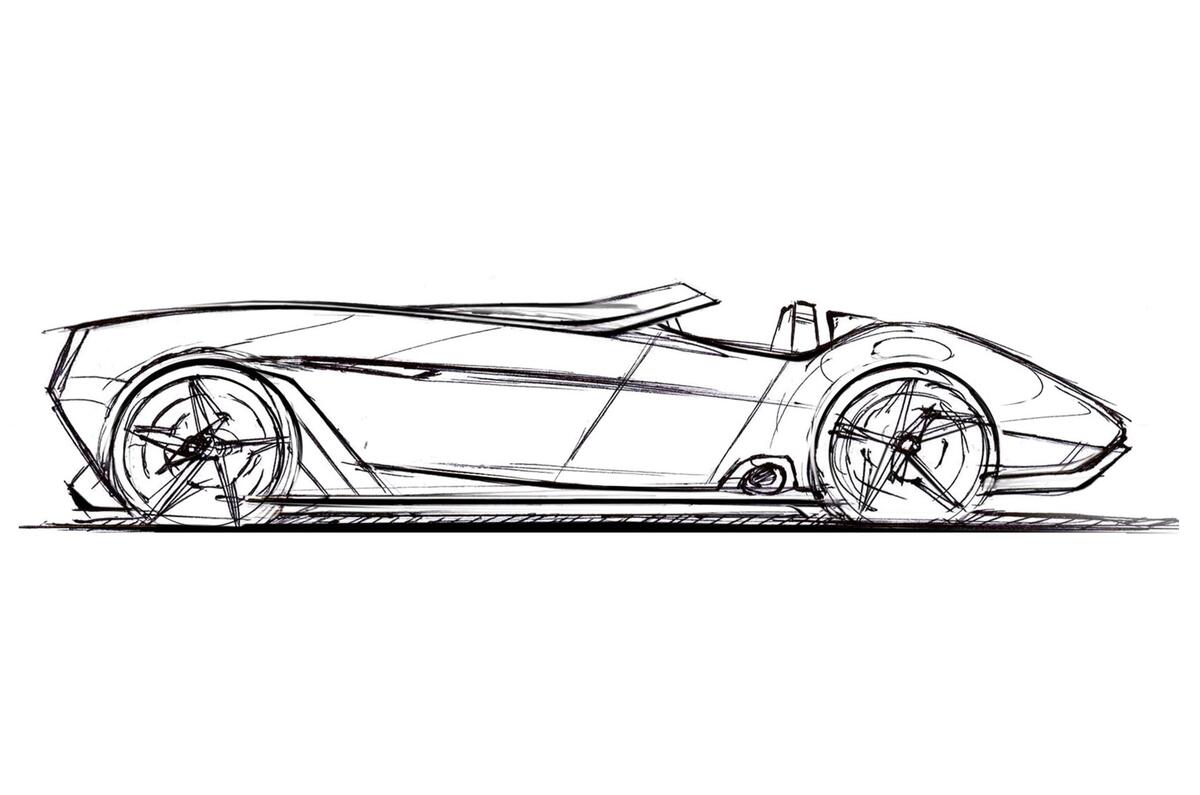
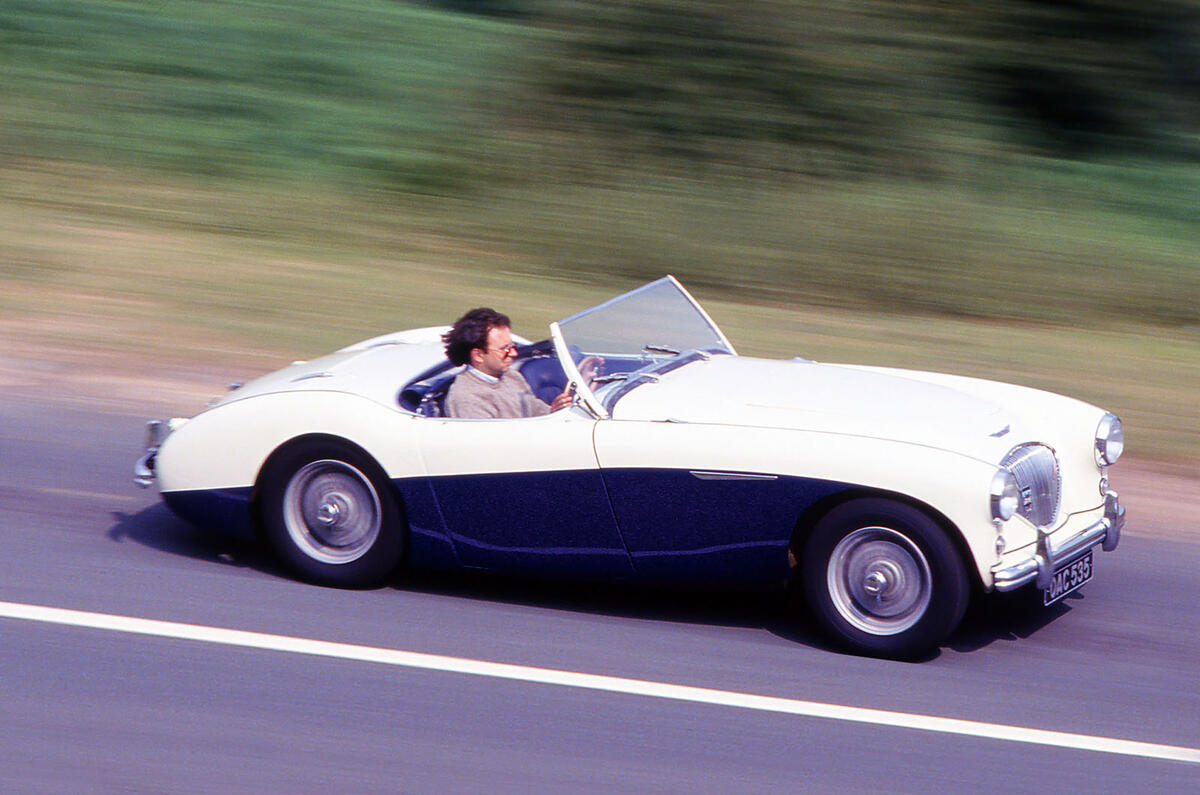
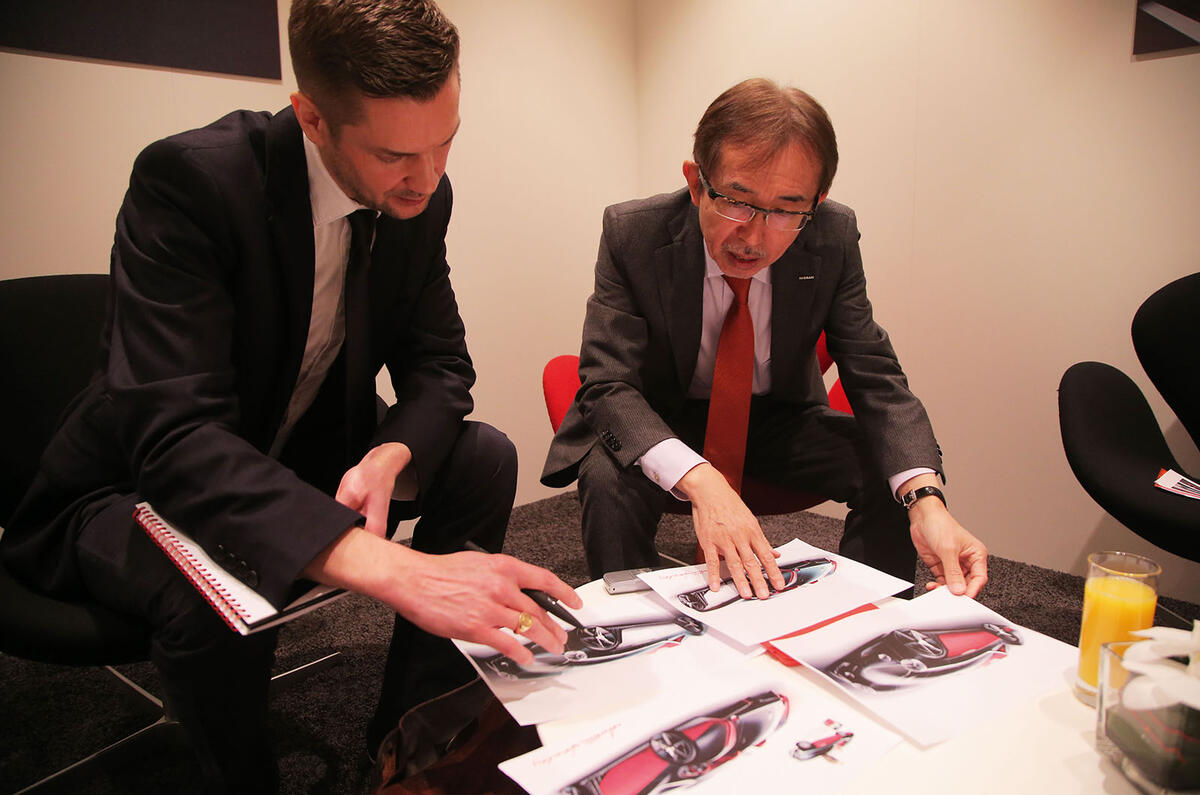
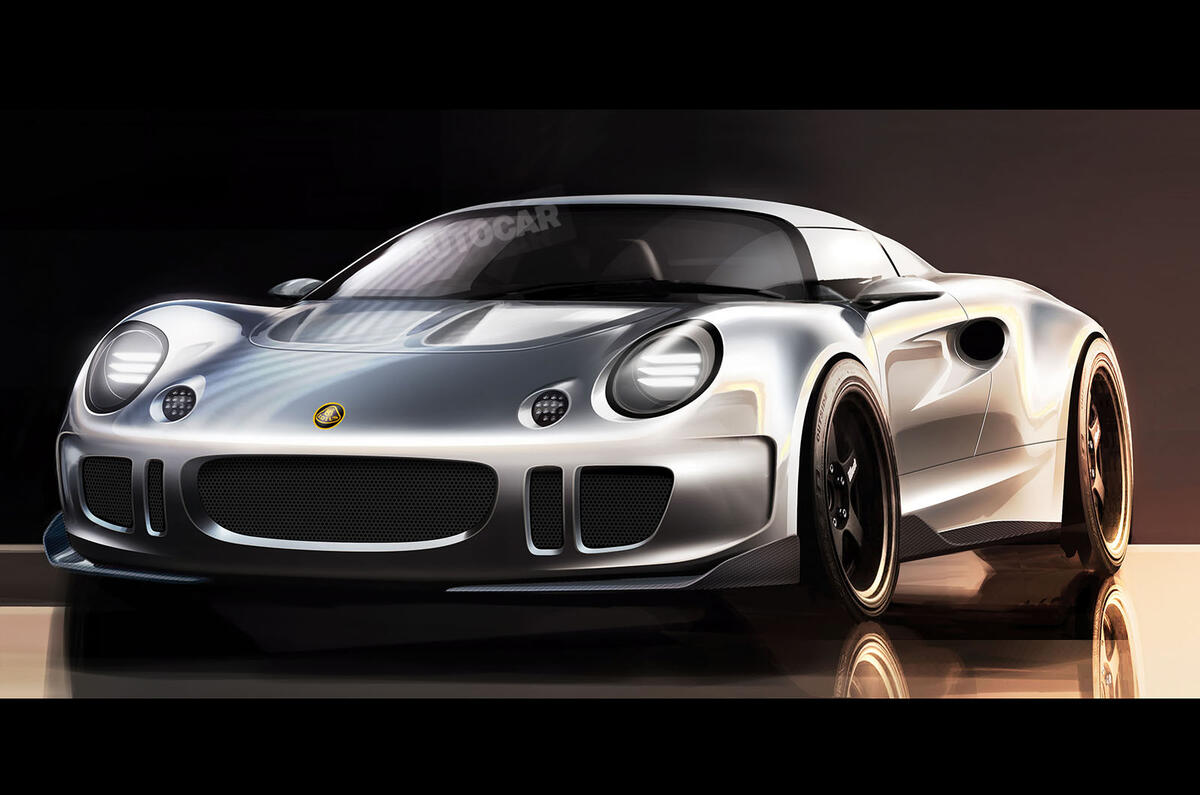
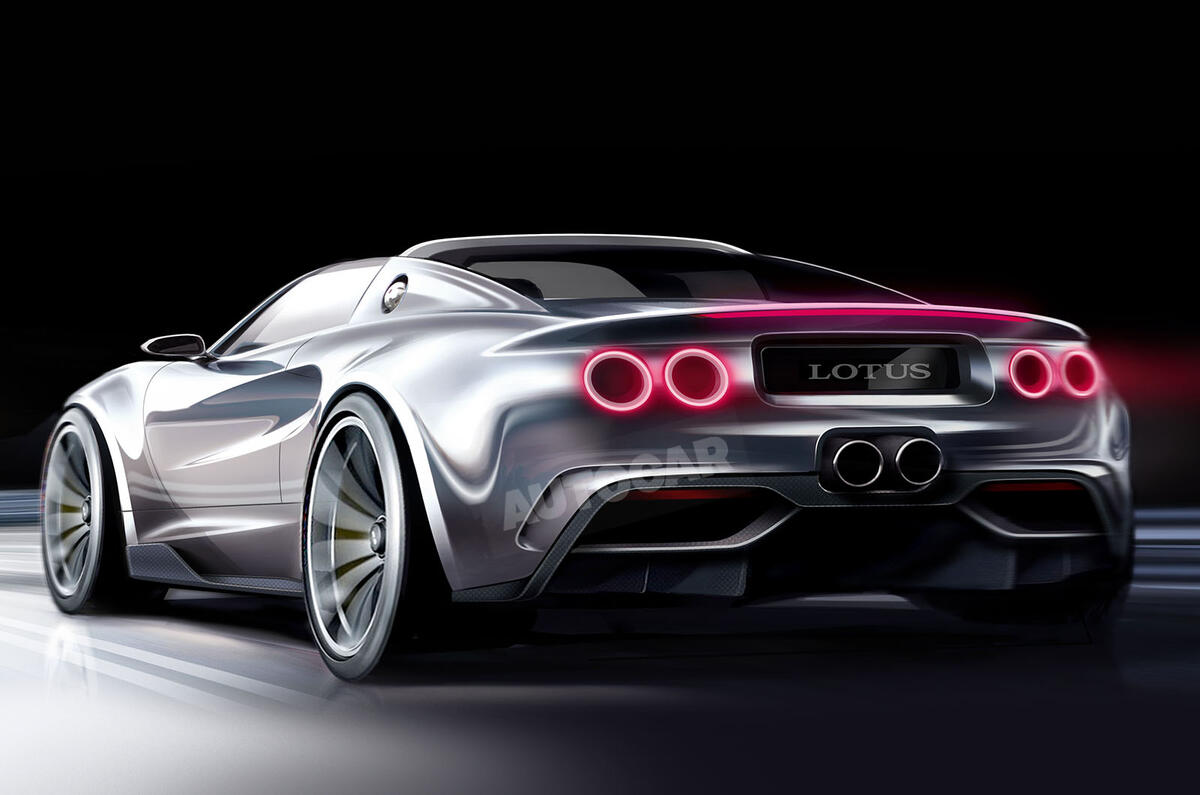
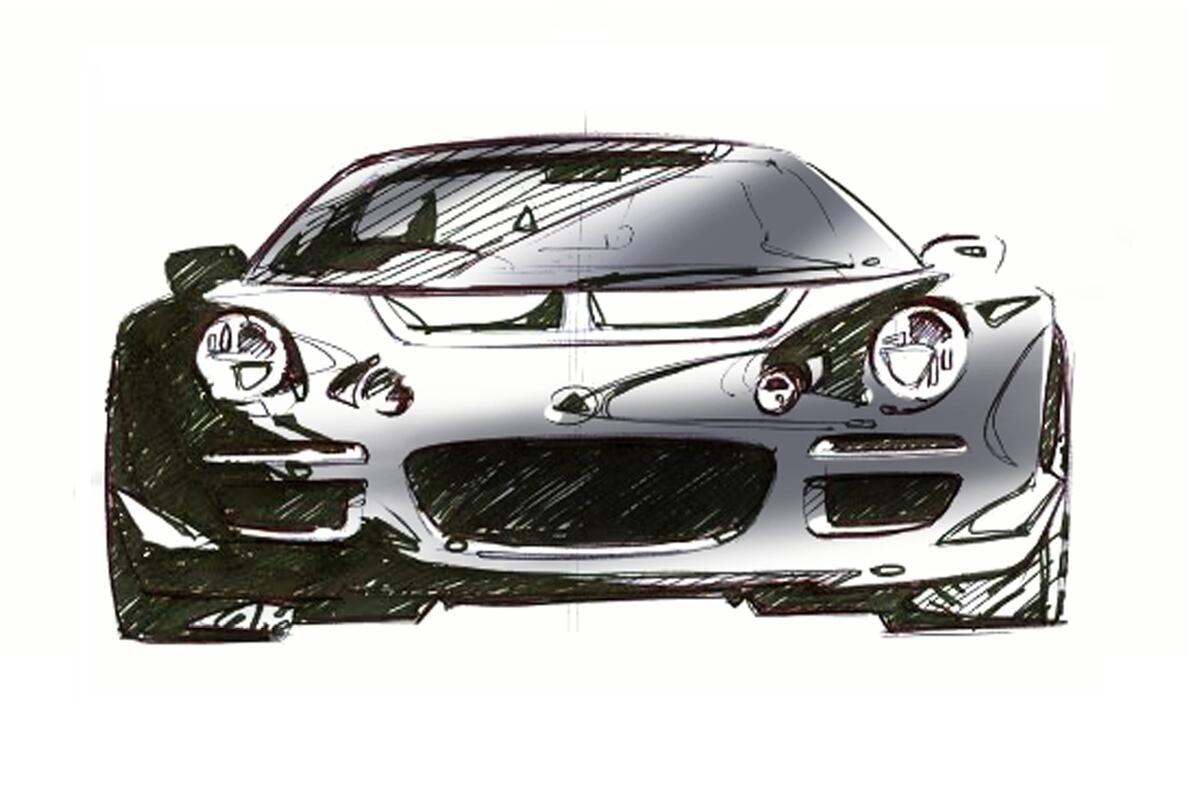
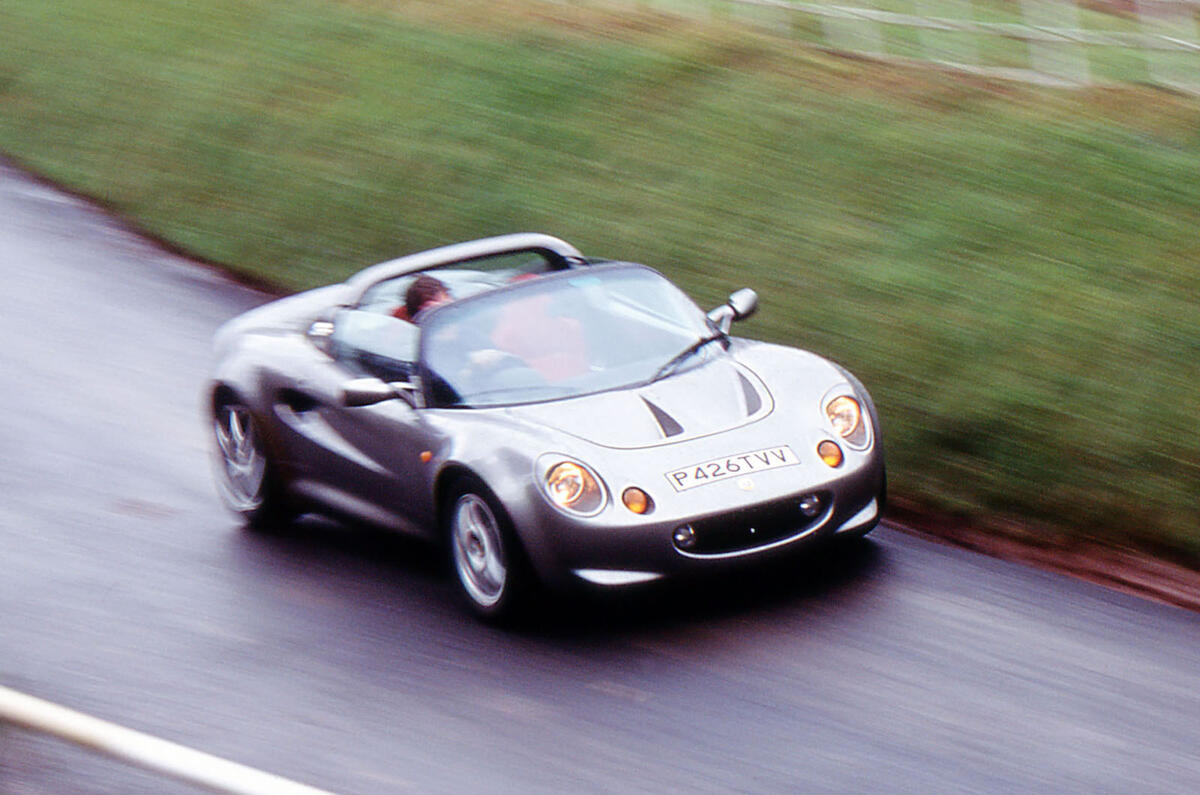
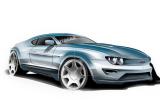
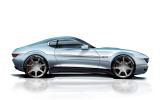
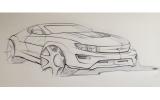
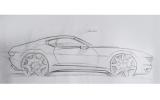
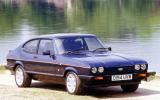
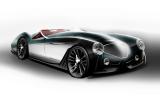
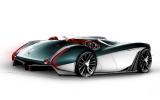
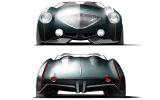
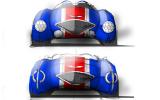
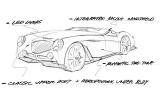
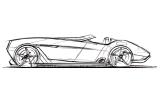
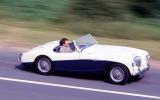
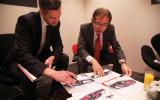

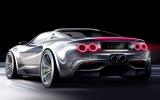
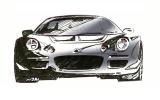
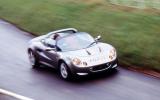



Join the debate
Add your comment
Modern Healey
Wish I could draw as well as that...
Are all the divvies who go on